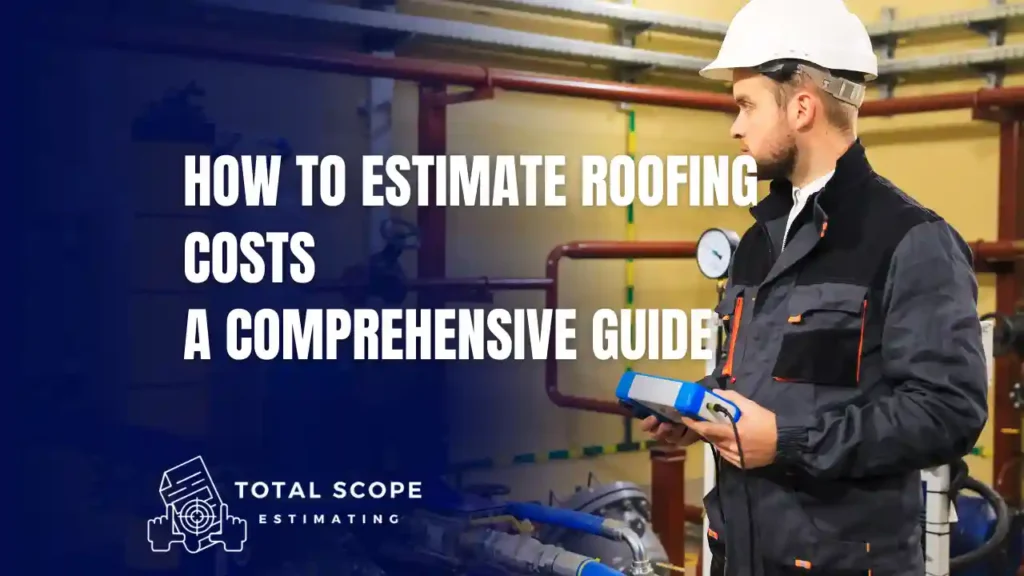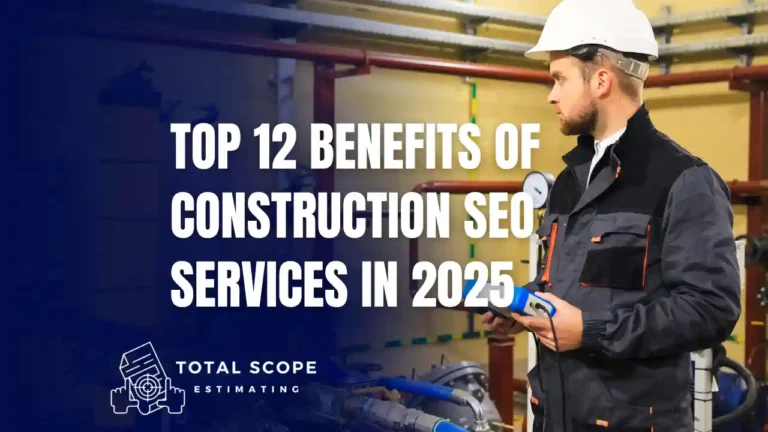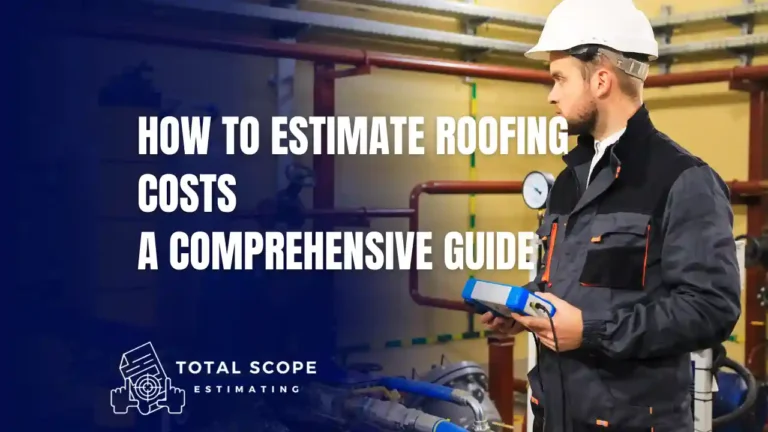Beyond’s aesthetic value, when it comes to safety and stability in the construction field, roofing is considered as the prioritized option.
Estimating roofing cost is the topmost factor that determines the maintenance of a project within a given schedule. Estimating roofing cost is a multi-factorial aspect that includes material, labor, permits and additional cost. These roofing factors get influenced by the size, pitch and location of the roofing project. A well-planned estimate of roofing cost, considering all the specifications of the project guarantees the successful flow of the project on time within the financial limits.
Let’s have a look at critical insights into the process of roofing to get a clear picture of estimated roofing cost.
Requirements Of The Roofing Plan
The materials required in the roofing estimate depend upon the type of project you are leading. Typically, it includes the following useful materials to make it a complete structural and functional system:
- Shingles and roofing tiles: It is the primary covering material that comes in various forms such as asphalt, metal, wood, slate, clay or concrete tiles.
- Underlayment: To ensure the waterproofing properties, the protective material is installed under the shingles. Commonly felt paper is used for underlayment, which is quite an affordable option. You can also consider synthetic underlayment according to your project plan.
- Flashing: These are the strips to penetrate around chimneys, vents and skylights to ensure the sealing. It can be of different metals like aluminium, copper or galvanized steel.
- Other specifications: Additionally, the roofing estimate may include roof decking, vents, nail or fasteners, sealants or drop edges that are used for various purposes in roofing.
If you want to see how this applies in real projects, you can check out our roofing estimating services.
How To Estimate Roofing
In order to get a complete roofing estimate, ensure the factorisation of all the factors that impact the final estimate of roofing. Here’s the complete guide on how to estimate roofing:
Assessing the Roof Area
While estimating roofing, the first step is to measure the roof size, typically in square footage, for an accurate estimation. If it is a simple or flat roof, measure the length and width to get the area of the roof. If it is a multi-shaped roof like main roofs, dormers or valleys, divide the roof into different sections and measure the area of each section. Comparatively, such roof measurement includes the factor of pitch that varies according to slope of the roof.
- Low slope (3:12): 1.15
- Medium slope (6:12): 1.24
- High slope (9:12): 1.40
For example, if a building is 40 feet long and 30 feet wide with a low slope. Then, the base area will be ( 40×30) 1,200 square feet. Multiply it with a pitch factor of 1.15 to get a real size that is 1380 square feet. It means there is a need of 13.8 squares for roofing.
Estimation of Material
Opting for a particular material greatly influences the estimate of roofing, including the labor cost. The chosen material contributes to the final estimate in such a way:
- Asphalt shingles cost ranges from $100 to $150 per square foot
- Metal shingles cost varies from $300 to $700
- Tile shingles estimate between $600 and $1000
- Slate shingles cost ranges from $1,000 to $2,000
- Underlayment cost adds $100 to $200 to the final cost
- Flashing contributes $300 to $500 to the overall roofing estimate
The material cost further depends upon the complexity of the project, which is indirectly affected by the labor cost.
Labor Cost Estimation
Labor cost is one of the significant factors contributing to the overall roofing estimation. It is the dynamic aspect of the project that varies with the complexity and geographical location of the project. In urban areas with extra living standards, roofers charge higher costs than in rural areas with simple settings.
In the same way, the most intricate roofing design requires more skills and time to complete the project, increasing the cost accordingly. Commonly, it leverages 40% to 60% of the total project cost, which varies with the complexity of the project.
Additional Costs to Consider
Some other factors that are necessary to streamline the roofing plan are given below:
- Roof removal or disposal fees: Whether you are installing a new roof or replacing an old one, the estimating cost varies depending upon the extent of roofing work. Generally, disposable fees account for $1,000 or more in the roofing estimate.
- Permits and inspections: It is the mandatory aspect of the project to ensure the smooth and secure streaming of projects. The roofers charge $150 to $500 for permits fees. The inspection costs add further if the inspectors find any queries regarding the roofing plan.
- Unexpected repairs and hidden expenses: Commonly, the roofers accommodate the estimate for unforeseen circumstances that displace the project streamline otherwise. Somewhere in the project, unpredictable or hidden issues may happen, such as rooting wood or mild or structural damage. It is crucial to consider 10-15% of the total project cost for contingencies to ensure the smooth running of the project.
Overview of Roofing Estimate
Let’s break down the example for how to estimate roofing by considering all the specifications of the project generally.
For example, a building with 2,500 square feet area with medium slope:
- The final area will be 2,500 × 1.24 = 3,100 sq. ft.
- Material cost – for asphalt shingles that range $100, 31 squares of shingles are required ( 3,100÷100= 31 squares) that costs 31 × $100 = $ 3,100. Underlayment typically costs $0.5 per sq.ft, so that will be 3,100 ×$0.5. The flashing cost includes $500 of the total estimate. The final material cost will be $5,150.
- Labor cost depends upon the complexity of the project. Let’s suppose $2.5 per sq.ft. that will be 3,100 × $2.5 = $7,750
- We assume $300 permit fees for this project
- It further includes the disposal fees, which we assume to be $1,000.
- Excluding the contingency factor, the final estimate for this project will be $14,200.
Keep in mind that it is a rough estimate that we just mapped out for understanding the basics of roofing estimates.
Methods to Measure a Roof
With the advancement of technology, the construction industry is growing fastly by leveraging modern technologies and strategies. The roofers measure the roof size in multiple ways depending upon the project specifications. Let’s discuss the most common methods in roofing estimation:
- Manual measurements: For a simple or flat roof, roofers mostly use measuring tape or laser distance measurer to find out the length and width for the calculation of roof area.
- Roofing software or calculators: Using different apps or software to measure the roof size is an effective way to get measurements within a standard time.
- Satellite Imagery: It is often used for the roof with the most complex design such as measuring hard-to-reach areas by using satellite images.
- Roof plan: The roofers sometimes consider the architectural formats for the projects with similar details.
How to Get An Accurate Roofing Estimate
It may seem overwhelming to draft an accurate roofing estimate, but you can consider the outlined steps to ensure the smooth stream of your project:
- Gather multiple quotes: Reach well-reputed contractors to get multiple quotes that allow you get a better understanding and plan for your project
- Prefer a written estimate: Ensure that the estimate includes all the factors that affect the roofing estimate directly or indirectly
- Site inspection: Ask the estimator to inspect a site if possible in order to create an accurate estimate. It helps the contractors to overview all the essentials while planning an estimate.
- Ensure licensing and regulation: Before finalizing the deal, check that estimators have proper credentials to surpass the liabilities in future for secure planning
- Payment terms: Have mindful negotiations with contractors regarding the payments
- Warranted estimate: Opt for a trustable contractor that ensures the warranty of both material and labor.
Conclusion
In the construction process, roofing is the vital part to ensure the structural, functional and safety issues of the building. Estimate roofing is a multifaceted aspect that depends upon the material, labor cost, permits fees and additional costs that varies from location according to the complexity of the roofing plan. An accurate roofing estimate helps you avoid unintended delays of the project and tackle the budgeting process.
Approaching and comparing multiple contractors removes the hidden fees and helps you to get good quality work. Opt for a reliable roofer that has a better understanding of the scope of work, material list, project timeline, warranty information, payment terms, cleanup and disposal.
Let’s allow Unity Estimating to serve you with remarkable services to plan a roofing estimate to ensure the good quality work.





